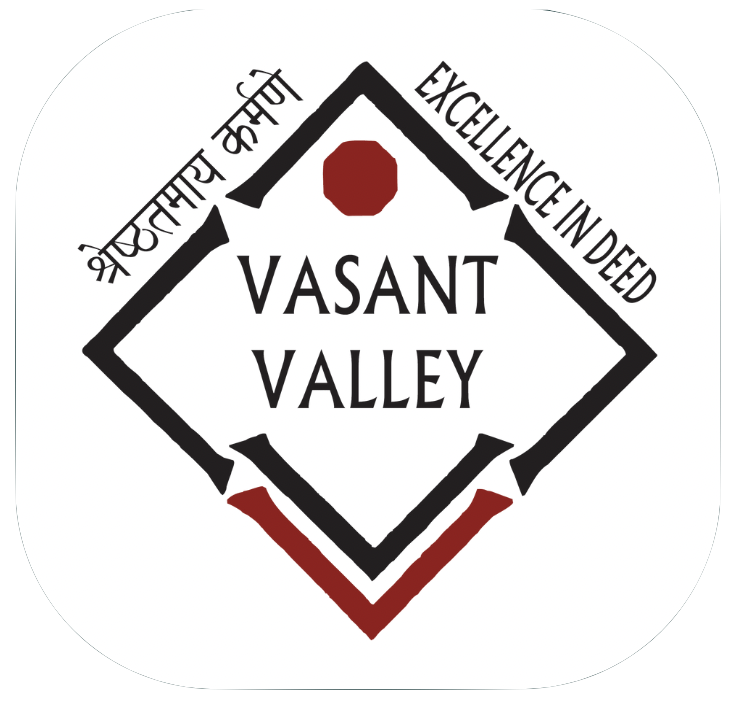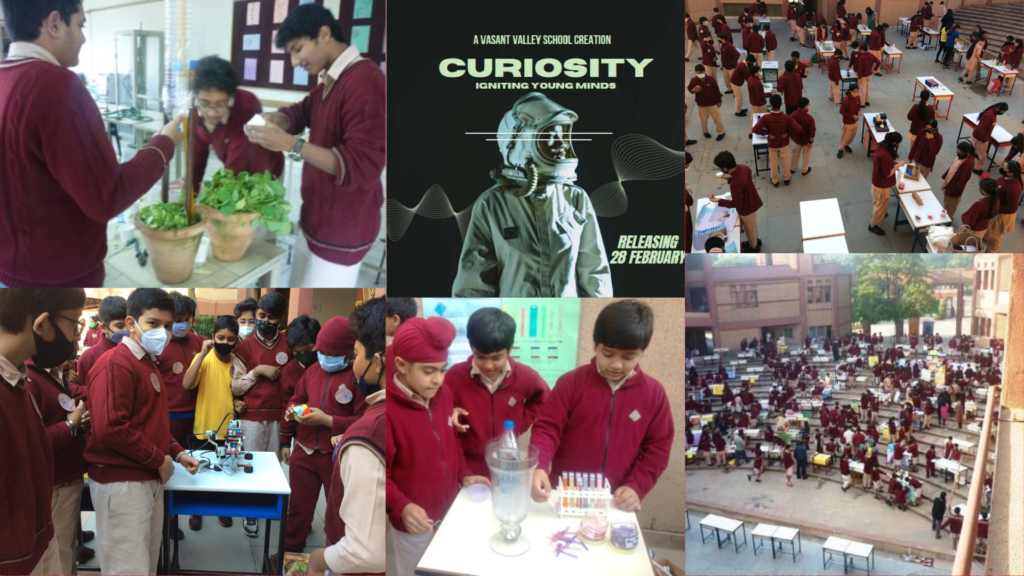Regenerative medicine is a field that aims to develop and use new therapies made from existing cells to repair tissues and organs, and to restore lost functions caused by ageing, diseases, impairments, or defects. The method of creating 3D structures by printing thin layers of materials sequentially with UV light was named stereolithography; by Charles W.D Hull. Regenerative medicines contain a variety of treatments, such as stem cell therapy, tissue engineering, biomaterials/scaffolds, RNA therapy, gene therapy, and organoids. Stem cells are the foundation cells from which all other specialised cells are generated under favourable conditions. Depending on the specific need, these cells can be instructed to behave like blood cells, neurons, cardiomyocytes, bladder, and bone cartilage. Adult stem cells can be obtained from various sources, such as blood, fat, bone marrow, dental pulp, and cord blood. However, it’s worth noting that adult stem cells are not as versatile and durable as embryonic cells. Regenerative medicine is a field that aims to restore organs to their previous healthy state. It can be used to treat various diseases such as cardiovascular diseases, stroke, brain injury repair, cell therapy, cancers, and diabetes. These therapies stimulate the body to trigger a self-healing response. One Major form of Regenerative Medicine: 3D Printing 3D printing is a modern technology where a computer connected to a printer is used to regenerate an organ by feeding its blueprint into the computer and using bio-ink, which is a combination of cells and biopolymer gels. The process involves precise layer-by-layer positioning of biological materials, which is known as 3D bioprinting. As we age, STEM cells may perform worse due to senescence and epigenetics. One of the primary advantages of 3D printing is that it enables the creation of engineered tissues that can be used as models for drug testing and studying diseases. Additionally, 3D printing allows for the development of personalised implants tailored to the specific anatomy of an individual, reducing the risk of rejection. Furthermore, 3D-printed skin grafts have proven to be effective in treating burns and wounds, providing a temporary covering while promoting natural healing. The broad steps of 3D bio-printing are: 1. PRE BIOPRINTING- extraction of a biopsy tissue providing a blueprint.CT scans or MRI scans help form the model of the print. Cells required for the printing are then selected and multiplied and the cell mass formed is combined with oxygen and other nutrients to keep them viable.
2. BIOPRINTING- The bioink is placed in the printer cartridge which places the bioink onto the material-based digital model. The bio-ink is then deposited onto the scaffold in a layered approach 3. POST BIO PRINTING- This step is necessary to provide mechanical support and stability. For this step, physical and chemical simulations are required. They provide signals to the cells and maintain growth The main types of bioprinting are: EXTRUSION: This process involves the continuous release of a semi-solid material through a nozzle. The printers used in this stage have a temperature-controlled method of dispensing the material and are capable of moving along their axes. A fibre optic light source is used to illuminate the area where the material is being developed, which helps activate the photoinitiation process. INKJET: For this method, biological materials need to be in liquid form to create droplets. Thermal inkjet bioprinting can be achieved by electrically heating the print to generate Pressure. LASER ASSISTED: This printer consists of a pulsed laser beam, a focusing system, and a ribbon donor transport system. The liquid biomaterial evaporates, and the substrate is ejected in droplet form. The substrate is made of biopolymers and cell culture mediums that help with cellular bonding and growth of the material.

